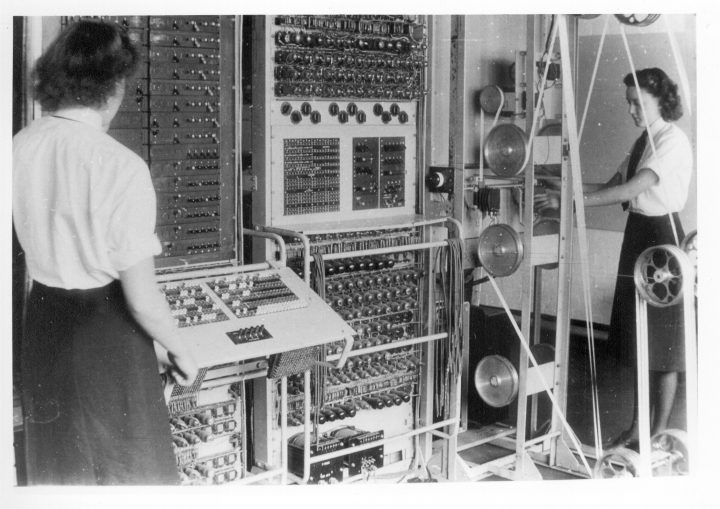The Codebreakers of World War Two

Alan Turing: Enigma Code Decipher
Born in London in 1912, brilliant mathematician Alan Turing studied at both Cambridge and Princeton before joining the British Government Code and Cipher School at Bletchley Park in Buckinghamshire, where top-secret work was carried out to decipher the military codes used by the Axis nations.
The main focus of Turing’s work at Bletchley was to crack the Enigma code, a type of enciphering machine used by the German armed forces to send secure messages between troop field commands as well as naval vessels at sea.
Although Polish mathematicians had worked out how to read Enigma messages and had shared their knowledge with the British before the Nazi rolled into Poland, the Germans increased security measures at the outbreak of war by changing their cipher system daily. This made the task of understanding the code exponentially more difficult.
The Codebreakers
Along with fellow code-breaker Gordon Welchman, Turing played a key role in breaking the Nazi’s code by developing a machine known as the Bombe, which significantly reduced the work of breaking the ever-changing Enigma code.
Turing then went on to decipher the more complex Enigma code used by the German navy, whose U-boats were inflicting heavy losses on Allied shipping. German naval Enigma messages were able to be read from 1941 onwards because of Turing’s, prompting Supreme Allied Command Dwight D. Eisenhower to comment after the war that breaking the Enigma code was a decisive part of the Allies’ victory over the Germans.
Before the war, Turing invented a hypothetical computing device that came to be known as the Universal Turing Machine, and after the war’s conclusion, he continued to build on his earlier work, eventually published a design for what he called an Automatic Computing Engine, a clear forerunner to the modern computer of today.
The Tragic Death of Alan Turing
In 1952, Turing was arrested for homosexuality and found guilty of gross indecency. The conviction was overturned when he agreed to undergo chemical castration. In 1954, he was found dead from cyanide poisoning, which was later ruled a suicide.
